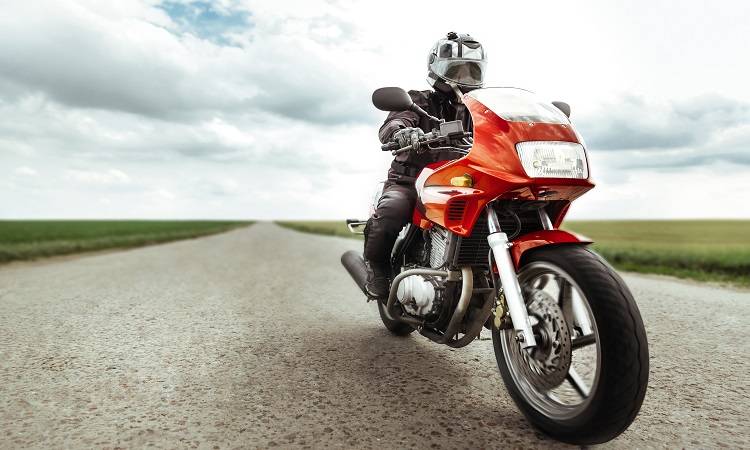Understanding Slipper Clutches in Motorcycles
Understanding Slipper Clutches in Motorcycles

A slipper clutch is an essential feature in many modern motorcycles, especially high-performance bikes. It provides greater control, enhances rider safety, and minimises the risk of wheel lock-up during aggressive downshifting. When investing in a bike, it’s equally important to consider two-wheeler insurance, ensuring your vehicle is covered against damages or accidents.
What is a Slipper Clutch?
A slipper clutch in a bike, also known as a back-torque limiter, helps riders maintain control over their bike during rapid downshifts. When the rider lowers the gear too quickly, the clutch allows the rear wheel to spin freely, preventing it from locking up. This controlled slippage reduces the impact of engine braking and improves stability, especially during aggressive riding or racing.
How Does a Slipper Clutch Work?
During a downshift, the engine speed decreases while the rear wheel speed stays the same. In a traditional clutch, this sudden change can cause the rear wheel to lock, leading to instability or even a crash. A slipper clutch works by partially disengaging the clutch plates. As the rear wheel slows down, the clutch plates slip against each other, which prevents the rear wheel from locking and reduces the risk of wheel hop.
What are the Parts of a Slipper Clutch?
A slipper clutch in a bike consists of the following key components:
1. Clutch Hub
Connected to the engine, it rotates as the crankshaft turns.
2. Clutch Plates
These metal plates transmit power from the engine to the rear wheel.
3. Pressure Plate
It presses the clutch plates together.
4. Springs
These provide the necessary tension to keep the clutch plates engaged under normal conditions.
Why are Slipper Clutches Used?
Slipper clutches are mainly used in high-performance bikes due to their multiple benefits. They allow for smoother downshifts, preventing the rear wheel from locking up and reducing wear on the bike’s gearbox. This is especially helpful in racing situations, where precise and smooth gear shifting is essential for faster lap times.
Additionally, the slipper clutch helps maintain control during aggressive riding and prevents the bike from skidding or losing traction when rapidly downshifting.
Types of Slipper Clutches
Slipper clutches come in three main types:
1. Mechanical Slipper Clutch
Uses ramps and balls to control the slippage.
2. Hydraulic Slipper Clutch
Uses hydraulic pressure to control the clutch plates.
3. Electromagnetic Slipper Clutch
This is the most advanced type, which uses an electromagnetic coil to control the clutch plates.
Advantages of Slipper Clutches
Improved control during rapid downshifts. Decreases wear and tear by reducing the pressure on the gearbox. Enables faster lap time.
Disadvantages of Slipper Clutch
Expensive than standard clutches. Added components may contribute to extra weight. Produces less engine braking effect.
Installation and Maintenance of Slipper Clutches
Installing a slipper clutch involves disassembling and replacing the clutch assembly with the slipper clutch components. Regular cleaning, lubrication, and inspection are necessary to ensure it continues to function correctly. Failure to maintain the clutch can lead to reduced performance and premature wear.
Conclusion
Incorporating a slipper clutch in your motorcycle offers significant benefits, especially for riders looking for better control, smoother gear shifts, and reduced gearbox wear. When investing in a bike, don’t forget to secure comprehensive bike insurance to protect your investment. Third-party bike insurance will only cover third-party liabilities.
Frequently Asked Questions
1. What does a slipper clutch do?
A slipper clutch prevents the rear wheel from locking during aggressive downshifts, improving control and stability.
2. Is a slipper clutch necessary?
While not essential for everyday riders, it benefits high-performance or racing bikes.
3. How often should I maintain my slipper clutch?
Regular maintenance is key, including cleaning and lubrication after every few thousand kilometres, depending on usage.
4. Can a slipper clutch be installed on any bike?
Slipper clutches can be installed on most modern bikes but are typically found in sports or racing models.
Disclaimer: The above information is for illustrative purposes only. For more details, please refer to the policy wordings and prospectus before concluding the sales.
RELATED ARTICLES
4 Important Bike Riding Skills You Should Know
Difference between Fuel Injection and Carburetion in Bikes
Steps to Download Bike Insurance Policy by Its Vehicle Number










 Health Insurance
Health Insurance  Travel Insurance
Travel Insurance  Car Insurance
Car Insurance  Cyber Insurance
Cyber Insurance  Critical Illness Insurance
Critical Illness Insurance
 Pet Insurance
Pet Insurance
 Bike/Two Wheeler Insurance
Bike/Two Wheeler Insurance  Home Insurance
Home Insurance  Third Party Vehicle Ins.
Third Party Vehicle Ins.  Tractor Insurance
Tractor Insurance  Goods Carrying Vehicle Ins.
Goods Carrying Vehicle Ins.  Passenger Carrying Vehicle Ins.
Passenger Carrying Vehicle Ins.  Compulsory Personal Accident Insurance
Compulsory Personal Accident Insurance  Travel Insurance
Travel Insurance  Rural
Rural 











